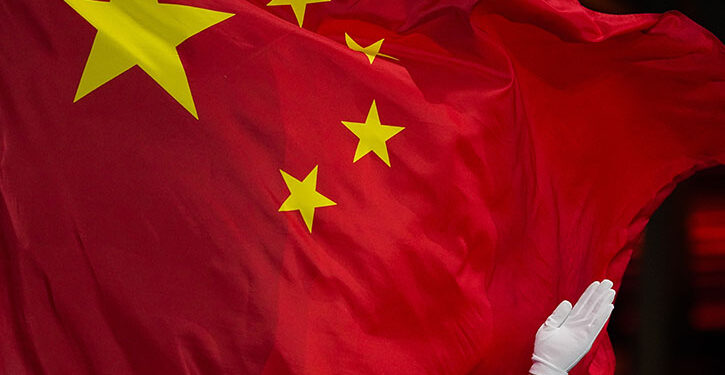China Deflation Risk Grows as Signs of Economic Weakness Mount
China’s economy is fighting the longest streak of falling prices since 1999 according to the gross domestic product deflator, a measure of economy-wide prices.
- Advertisement -
China’s core inflation cooled to the weakest in more than three years, fueling calls for greater efforts to boost household spending as weak demand puts the annual growth target under pressure.
The consumer price index excluding volatile food and energy costs rose just 0.3% in August from a year earlier, the least since March 2021, the National Bureau of Statistics said Monday. The broader CPI increased 0.6%, missing expectations even though it was buoyed by higher food costs due to bad weather last month.
- Advertisement -
Taken together, the figures provide further evidence of weak consumer demand in the world’s second-largest economy, prompting calls for more measures to stave off a negative cycle of declining corporate revenue, wages and spending.
- Advertisement -
“The deflationary pressure in China is getting more entrenched,” Michelle Lam, Greater China economist at Societe Generale. “This may well fuel a downward price-wage spiral which will require more radical policy response.”
China’s CSI 300 Index extended early losses to finish the morning session down 1.1%. The onshore benchmark is on the verge of falling to a five-year low as bearish sentiment persists amid a lack of earnings and economic recovery.
The yuan held small losses in both onshore and overseas trading. The yield on China’s 10-year government bonds was little changed at 2.13%, close to the lowest level on record.
China’s economy is fighting the longest streak of falling prices since 1999 according to the gross domestic product deflator, a measure of economy-wide prices.
Weak consumption and investment demand have led to intense price wars in sectors including electric vehicles and solar. This is denting China’s chances of hitting its growth goal of about 5%, as consumers delay purchases and businesses slash wages.
Prices of vehicles fell 5.5% while those of phones and other communications equipment dropped 2.1%, according to official data.
“The fiscal policy stance needs to become more proactive in order to prevent the deflationary expectations from becoming entrenched,” said Zhiwei Zhang, chief economist at Pinpoint Asset Management.
The modest rise in consumer prices was driven by higher costs of food because of hot weather and heavy rainfall, Dong Lijuan, chief NBS statistician, said in a statement accompanying the release.
Fresh vegetables, in particular, saw prices rise 21.8% compared to the same period last year, contributing 0.44 percentage points to the CPI.
- Advertisement -
What Bloomberg Economics Says…
The data suggest policy steps to shore up the economy — from a cash-for-clunkers program to rate cuts — have been inadequate to counter the drag from the slumping housing market and low confidence. We expect policymakers to increase support.
David Qu, economist
Read the full note here
Factory-gate prices remained stuck in deflation, as they’ve been since late 2022, with the producer price index sliding 1.8% from a year earlier, more than economists’ forecast of a 1.5% drop.
Former central bank Governor Yi Gang last week called on policymakers to focus on fighting deflationary pressures “right now.” That marked a rare acknowledgment by a prominent Chinese figure of the nation’s battle with falling prices.
“Overall we have the problem of weak domestic demand, especially on the consumption and investment side, so that needs proactive fiscal policy and accommodative monetary policy,” Yi said at the Bund Summit in Shanghai on Friday.
Yi said he hoped the GDP deflator, a broad measure of prices, would turn positive in the next few quarters. Goldman Sachs’ Chief China Economist Hui Shan said that would be “challenging” because of poor sentiment and a lack of confidence about the future.
“Organic private demand seems to be weakening more than we would like to see, but at the same time policymakers are getting uncomfortable,” she said in a Bloomberg TV interview.
The People’s Bank of China still has space to cut the amount of cash banks must keep in reserve, according to Zou Lan, the central bank’s monetary policy department head who noted last week that the average reserve requirement ratio for financial institutions is at about 7%.
Analysts have been forecasting further rate cuts and a reduction to the RRR rate with September seen as a potential window.
Source:norvanreports.com
- Advertisement -


